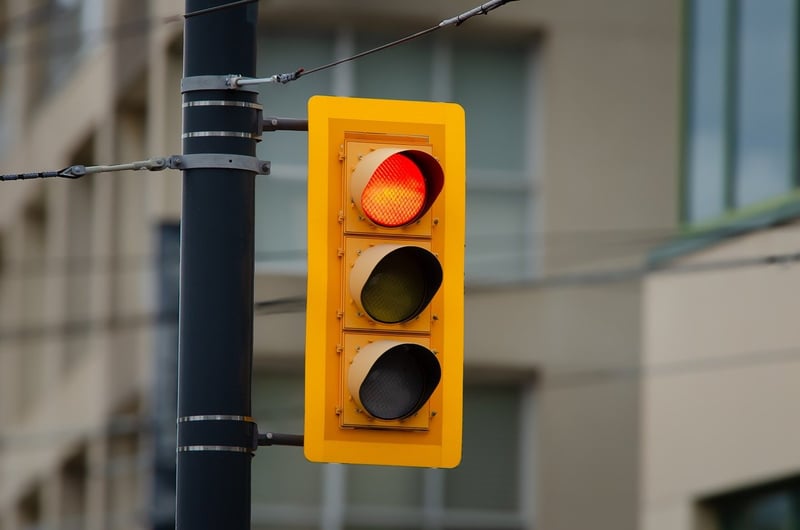Stop-Loss Orders
Protecting Your Investments with Stop-Loss Orders
Investing in the stock market can be a rewarding but risky endeavor. One way to protect your investments from significant losses is by using stop-loss orders. This strategy can help you manage risk and prevent emotional decision-making during market fluctuations.
What is a Stop-Loss Order?
A stop-loss order is a type of order placed with a broker to sell a security when it reaches a specific price. This predetermined price is set below the current market price for long positions and above the current market price for short positions.
How Does a Stop-Loss Order Work?
When you place a stop-loss order on a stock you own, it becomes a market order once the stock reaches the stop price. This means that the stock will be sold at the best available price after the stop price is reached, helping you limit potential losses.
Benefits of Using Stop-Loss Orders
- Protection against significant losses
- Helps automate the selling process
- Reduces emotional decision-making
- Allows for better risk management
Considerations When Using Stop-Loss Orders
While stop-loss orders can be beneficial, it's essential to consider the following:
- Market Volatility: During highly volatile market conditions, stop-loss orders may not execute at the desired price.
- Gap Down Openings: Stocks can experience significant price gaps overnight, leading to potential slippage when the stop-loss order triggers.
- Long-Term Investments: For long-term investors, frequent use of stop-loss orders may result in selling quality investments prematurely.
Final Thoughts
Protecting your investments is crucial in the ever-changing world of finance. Stop-loss orders offer a valuable tool to help you safeguard your portfolio and stick to your investment strategy, even in times of market uncertainty.

Remember to consult with a financial advisor or professional before implementing any investment strategies to ensure they align with your financial goals and risk tolerance.
